Posts in Category: Social Media
What Type Of Information Should You Share On Social Media? – Worklife Blog
We all have social media accounts and share content on one or more social networks. In fact, social sharing has become one of the most common activities on the web. There are some who get a kick out of sharing everything in their life (“I just took shower and water was really cold!”); some feel connected when they share; some want to stay relevant within their circles; some want to build their credibility; and there are others who do it for various vague and valid reasons. But, very few understand how effective their sharing is, and how can they improve?
No matter what you do, I can bet you have limited time. When you spend time on social networks, it can take away good chunk of your time depending on how addicted (or dedicated) you are to building your presence. But, it is not hard to see that everyone’s social content does not get equal engagement. And, this is fine, if all you want is to share your personal pictures with friends and family. But, for most part, all of this sharing comes with an expectation – that your connections and followers will react. If there are no reactions, incentives of sharing are diminished, which leads to decreased sharing.
via What type of information should you share on Social Media? | Worklife.
Value of LinkedIn Groups — Published On Medium
- Group email digest are too burdensome. If you’re a member of 10+ groups.
- Most groups have few active or new discussions. Which means old posts are repeated for several days in group digest emails.
- A lot of discussions are actually marketing promotions or jobs. So lots of popular groups have spam issues.
- So what value/challenges do you see in LinkedIn groups? How do you solve these challenges today?
Originally posted by Jasmeet Singh.
Does Every Company Need An Enterprise Social Network? – Posted On Quora
One aspect that has changed over the years is how information is consumed and shared. No company can live without it. Period. Whether it is industry information, competitor information, corporate news, employees’ personal knowledge and interests, etc. This is absolutely valuable to companies of all sizes – small or large. As the Intranets have failed, Enterprise Social Networks have become the only medium for employees to discover and share information. So, if it is only about information – yes, ESNs are effective and every company can find some value in it based on how many employees participate.
But, this does not mean every company needs tons of other features offered by Enterprise Social Networks. Most companies using Yammer, Jive and other products do not make good use of other features. It is still to be seen how much impact these ESNs bring to day-to-day employee workflows, which is a key aspect of this question.
-JASMEET SAWHNEY
via (61) Does every company need an Enterprise Social Network? – Quora.
What Retailers Need To Do In Light Of Recent Google Changes? Build Content Sites! – Retail Spokes Blog
Google recently updated its search algorithm, which according to Google will affect about 11.8% of searches. The change is targeted towards pushing down sites with low-quality content. According to a blog post by Amit Singhal, Google Fellow, and Matt Cutts, Principal Engineer:
“This update is designed to reduce rankings for low-quality sites—sites which are low-value add for users, copy content from other websites or sites that are just not very useful. At the same time, it will provide better rankings for high-quality sites—sites with original content and information such as research, in-depth reports, thoughtful analysis and so on.”
So, what do retail sites do in light of these changes? The answer is simple – create high-quality original content that attracts backlinks naturally. The blog post by Amit and Matt further states importance of high quality content:
“Google depends on the high-quality content created by wonderful websites around the world, and we do have a responsibility to encourage a healthy web ecosystem. Therefore, it is important for high-quality sites to be rewarded, and that’s exactly what this change does.”
Facebook Commerce: Marketplace or Just Referral Source? – Retail Spokes Blog
Lately, there has been a lot of talk about Facebook’s eCommerce efforts. Many believe it is the next big thing in eCommerce. According to IDC, in three to five years, 10 to 15 percent of total consumer spending in developed countries may go through sites such as Facebook. I agree that some consumer spending will go through social networks, but these numbers along with predictions by many others are somewhat inflated. Facebook’s initiatives like Open Graph, Like button, Facebook Credits and partnerships with retailers indicate a push towards making its platform more conducive for eCommerce transactions. But, it will take years before physical product sales become mainstream on Facebook.
What can really work in near future is Facebook as a referral platform. The real value for anyone trying to leverage Facebook comes from heaps of social data that the platform owns. But, collecting data is one thing and putting it to use is another. It will take a while before Facebook itself can effectively mine and use this social data, let alone its partner being able to make good use of it. Currently, when making a buying decision outside of Facebook, this data rarely helps. This is due to the fact that at a user level limited amount of product recommendations can be derived via Facebook APIs, and anything outside user’s immediate social graph very quickly becomes vague. But, if Facebook itself were to launch a product recommendation engine (or such), they would have huge amount of data to analyze and tremendous targeting opportunities.
What Can Retailers Do To Build a Brand (And a Loyal Customer Base)? – Retail Spokes Blog
Social media
It is not rocket-science to understand that the web is becoming increasingly social. Most retailers have a social media marketing strategy, but campaigns are mostly geared towards putting deals on Facebook and Twitter. What would really make a difference is content that can enhance experience on these social touch points. The goal is to enable your most influential existing customers to spread word of mouth that would bring in more traffic. Soon, online shopping will be the same friends and family experience as it is in a traditional brick and mortar store.
Multi-channel
It is now common understanding that retailers have to provide consistent products, pricing, information, and experiences across all their channels. Multi-channel retailers have an advantage over pure-play retailers in that they have more opportunities to convert shoppers. This includes features such as ‘ship to store’, ‘ship to home’ (if not available in-store) or in-store access to content and community over mobile devices.
Building a Loyal Brand Following – a New Focus For Online Retailers – Retail Spokes Blog
If there is one thing to be learned from Amazon’s dominance in eCommerce, it is the importance of building a brand. It is phenomenal that 33% of all shoppers visit Amazon for research, according to a recent study by e-tailing group and PowerReviews. Although, it is apparent that Amazon does not provide best product choices or shopping experience for many product segments. Nonetheless, their ability to attract direct traffic is unmatched. This is where most eCommerce sites need to become better in that they have to build loyal customer bases.
Facebook – Pro-User Claims and Reality – Retail Spokes Blog
When Facebook executives talk about user privacy issues and control over content, it is apparent that user’s interests are their top priority. But, it turns out their actions are nowhere near public statements that they make. After massively faltering with Beacon, it seems Facebook has learned the art of deception. They have learned that an average user wouldn’t care about their practices as long as they can avoid negative buzz. They effectively do this by consistently claiming they are pro-user. An average Facebook user is sold on those ‘void’ claims.
I would highlight 3 changes that are already in effect, or are in the pipeline that show Facebook’s actual intentions:
via Facebook – Pro-User Claims and Reality | Retail Spokes – Online Retail Focused Content Solutions.
Top 5 Facebook Pages Series (Brands) – Retail Spokes Blog
Along with good design and layout, it is important for brand pages to have great content that drives conversations and social interactions. Unlike retailers, most brands do not offer any coupons or promotions making it even more important to have quality content. I have come across hundreds of Facebook pages, but these 5 brands stand out for excellent design, engaging content, and social features that draw millions of Likes.
via Top 5 Facebook Pages Series – Brands | Retail Spokes – Online Retail Focused Content Solutions.
Archives
- May 2017
- April 2017
- March 2017
- February 2017
- November 2016
- October 2016
- September 2016
- August 2016
- July 2016
- April 2016
- March 2016
- February 2016
- January 2016
- November 2015
- October 2015
- July 2015
- June 2015
- May 2015
- April 2015
- December 2014
- June 2014
- May 2014
- April 2014
- December 2013
- October 2013
- September 2013
- August 2013
- July 2013
- November 2012
- October 2012
- September 2012
- August 2012
- July 2012
- June 2012
- May 2012
- April 2012
- March 2012
- February 2012
- January 2012
- December 2011
- November 2011
- March 2011
- January 2011

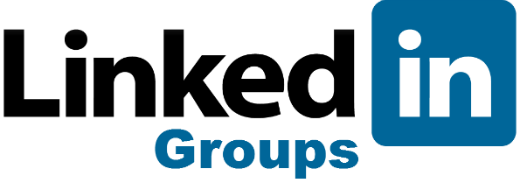

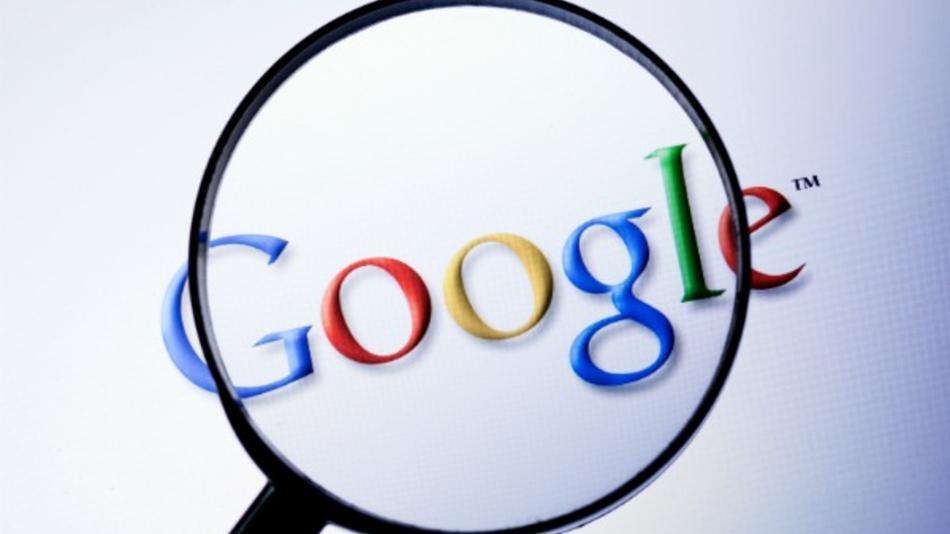
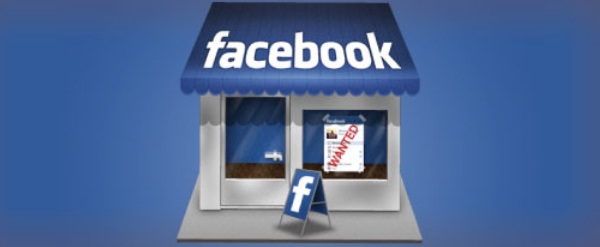

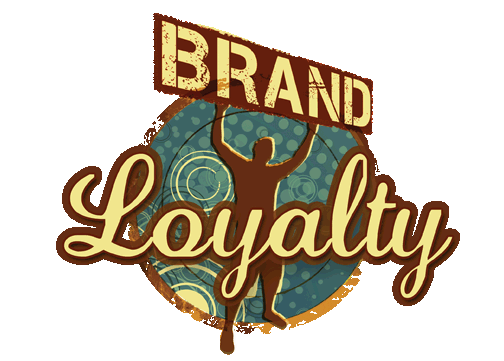

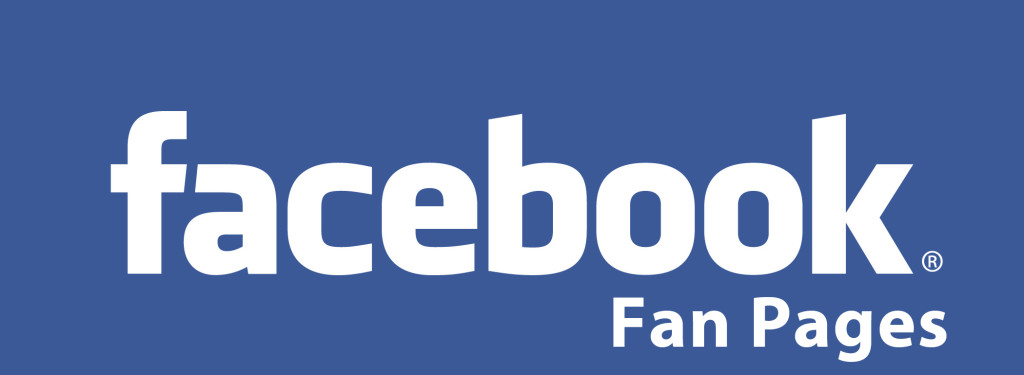
3 Deadly LinkedIn Profile Mistakes To Avoid – Disqus Comment on Jeffbullas Blog
The sad truth is you are probably committing 3 deadly mistakes that turn you into a leper on LinkedIn.
If it makes you feel any better, you aren’t alone—thousands of people are making these 3 LinkedIn profile mistakes, turning their social media efforts into a giant waste of time.
Now I won’t bother tell you that you need a professional profile picture or recommendations on your LinkedIn profile. Those are a given. This article will explore the science of personal branding—why most people blend into the background and are instantly forgotten on LinkedIn.
Fix these 3 mistakes and you will immediately elbow your way past the hoards of competition and make a much better first impression on LinkedIn.
via 3 Deadly LinkedIn Profile Mistakes to Avoid – Jeffbullas’s Blog.